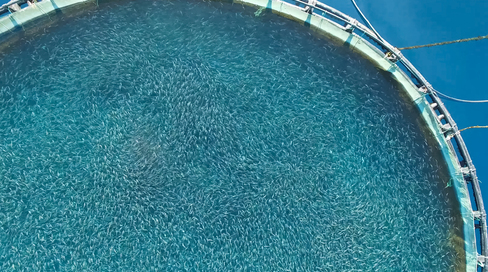Please turn off your ad blocker to properly view this site. Thank you!
toggle menu
Our Work
Campaigns
California
Pacific Northwest
Hawai'i CFS




